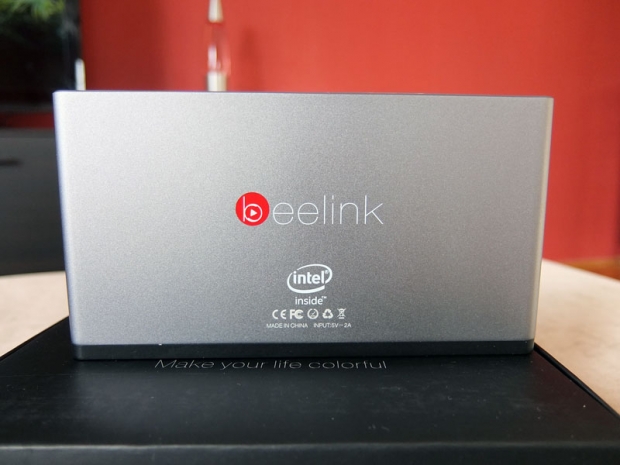Index
Setup and Everyday Use
In this respect, there’s really not much to say about the Beelink Pocket P1 – it’s easy to live with and this is a plus, given the target audience (basic computing, living room media PC). However, there are a few things to keep in mind.
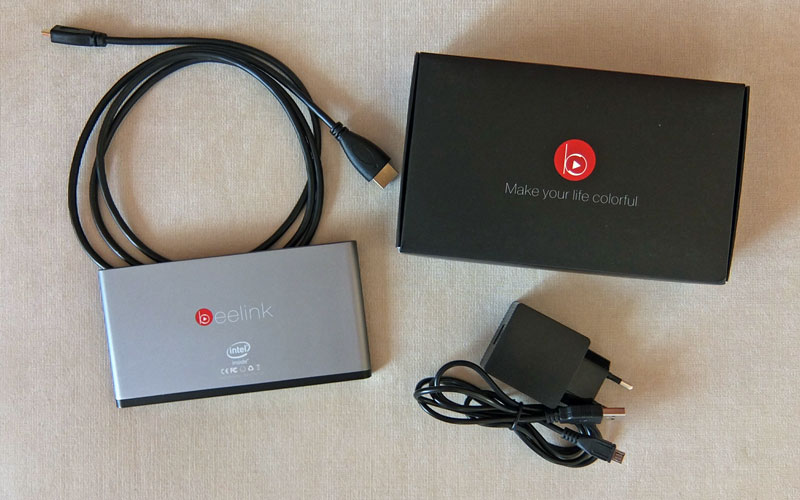
This is a device built to a budget, so you don’t get much in the way of extras. In fact, the retail box is smaller than many mini PCs out there. Even so, you do get everything you need to get it up and running, namely the mini HDMI to HDMI cable, standard 2A USB charger that acts as the power supply and that’s it. The only problem is the short power cable, which measures just 110cm. Since this is a standard USB cable, you should have no trouble replacing it with a longer one.
The device comes with a couple of protective stickers on the glossy plastic trim, and like we said we have no complaints about the build quality, or the retail package for that matter. In case you were wondering, there’s no VESA mount, so you can’t place it on the back of your TV or monitor.
Just about anyone can set it up in minutes, and since it has two full sized USB ports, you can use a wired desktop while you’re at it. One potential downside of the compact design is the lack of a standard HDMI port. It would just make it a bit more practical – it’s marketed as a pocket PC, yet you need a converter dongle or cable if you want to take it anywhere. That’s about it. Aside from the lack of activity LEDs on the front, this is the only drawback we could think of, and yeah, we’re nit-picking at this point.
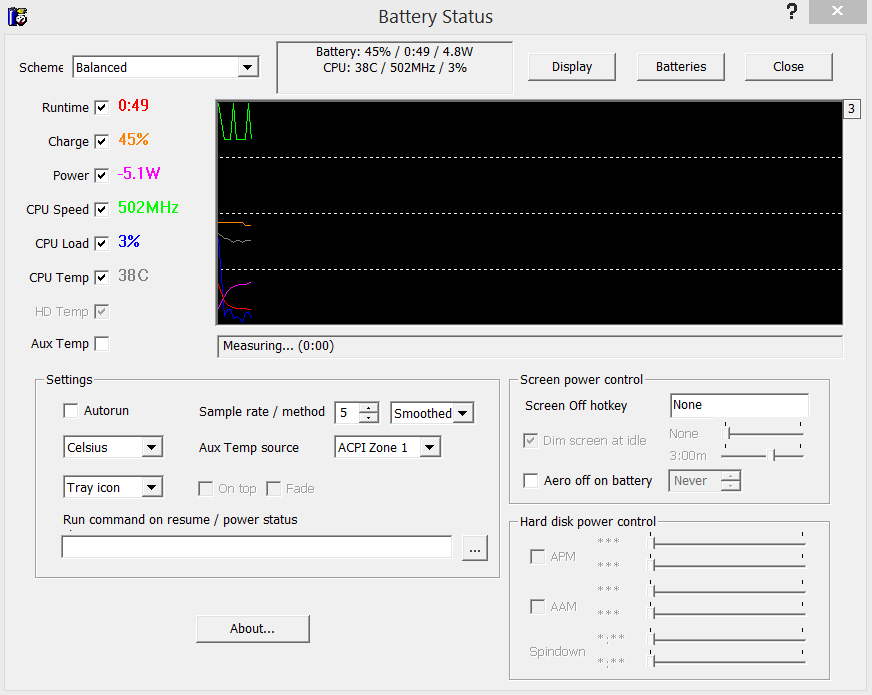
Once you get started, it won’t take long to figure out that you’re dealing with tablet hardware. When we started tinkering with it, we were amused to see a battery charging icon on the desktop, so we assumed it was a glitch and further evidence of its tablet roots. Much to our surprise, it turned out that the Beelink Pocket P1 really has an integrated battery. We weren’t expecting this, as the company does not mention it in the official spec. We crunched some numbers and figured out that this is a 4000mAh unit, but we’re not entirely sure about the capacity. We did get a few weird readings though, but they could be attributed to calibration or firmware issues.
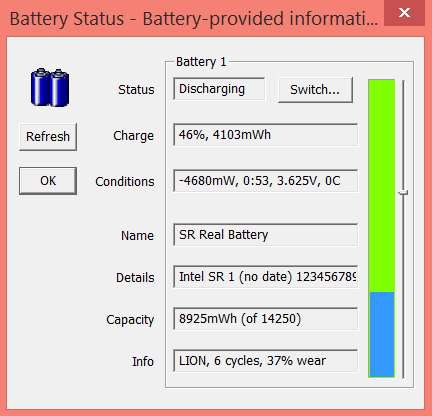
Either way, the battery can power the system for a few hours. This is obviously a rather unusual addition to a mini PC design, but we guess some people might find it useful. The battery also turns the Pocket P1 into an emergency power bank, so you can use it on the road to top up your mobile. In case you plan to carry it around in your backpack, this could come in quite handy. Off grid, connected to a TV, running YouTube and charging a phone, the system battery test reported 5.1W power consumption. With the phone disconnected, the power draw dropped to 2.7W. If you find the idea of a powerbank/PC combo appealing, you may want to check out the Ainol Mini PC, a similar design with a 7000mAh battery.
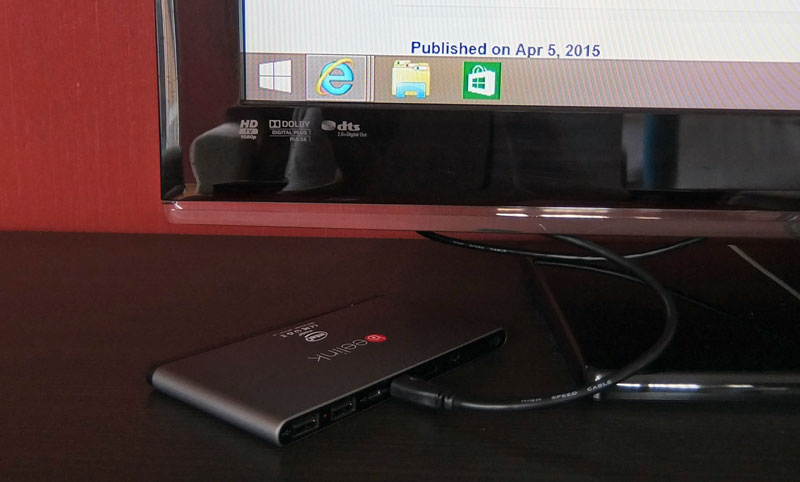
Anyway, the P1 has a lot of tablet DNA on the software and firmware side of things (which would also explain some weird battery readings). In addition, we were unable to access BIOS settings.
The tablet DNA is not a much of problem, more of an aesthetic nuisance, but we did encounter one potential issue. Intel’s display driver won’t let you play around with overscan features, so this is something to bear in mind. We had no trouble scaling it on an old Samsung TV, but this may be an issue on some monitors and TVs. Luckily, few devices should be affected. It’s obvious that this functionality was never implemented by the manufacturer (and it’s really not something found on many tablets).
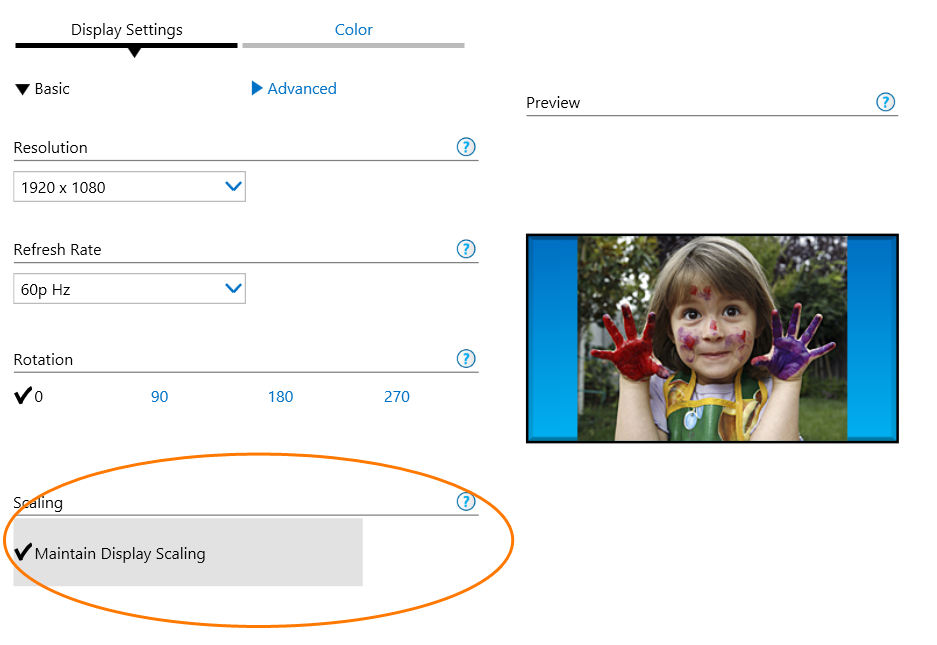
Another thing to bear in mind is that tablet platforms aren’t capable of delivering a lot of amps via USB headers. We tried connecting a 2TB Toshiba USB 3.0 drive and the device wasn’t able to power it. This means you will have to rely on solid state USB storage, microSD storage, or a hard drive with external power. However, this is to be expected of this sort of product, so we can’t hold it against the Beelink. In any case it was worth mentioning in our review, just in case someone was planning to use an external 2.5-inch drive for extra storage.
So far so good, but the elephant in the room is the OS itself. We already discussed Windows licensing problems encountered by Chinese mini PC vendors, and we didn’t manage to get in touch with the manufacturer. The device ships with Windows 8.1 and everything works ok, the system appears to be activated, but we suspect it’s not entirely legit – especially at this price. We tried getting in touch with the manufacturer in order to clear this up, but we didn't get a response. Please keep in mind that this is a review sample and we're not sure whether or not retail units will ship with the exact same OS.

